As someone who cares about their health and safety, I have often wondered what the safe distance is to live from a gas station.
After all, gas stations are ubiquitous in modern society, and many of us live in close proximity to one.
However, the potential risks associated with living near a gas station are not always clear, and it can be difficult to know what steps to take to protect ourselves.
According to a study by the California Air Resources Board, a minimum distance of 300 feet is recommended between residential housing and “sensitive land uses” such as schools, daycare centers, playgrounds, or medical facilities.
The study also recommends that gas stations be located away from areas with high levels of pedestrian or vehicle traffic.
However, it is important to note that these recommendations are not legally binding, and there is no federal law regulating the distance between gas stations and residential areas.
While the risks associated with living near a gas station can vary depending on a number of factors, including the type of fuel being sold and the age of the gas station, it is generally agreed that exposure to harmful chemicals such as benzene and toluene can have serious health consequences.
In addition, gas stations can be a source of air pollution and noise pollution, which can also have negative impacts on health and quality of life.
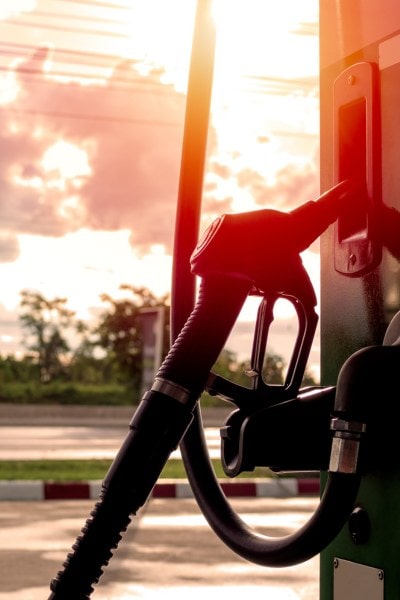
As such, it is important to take steps to minimize one’s exposure to these risks, including choosing a home that is located a safe distance from a gas station.
Hazards Associated with Living Near a Gas Station
Living near a gas station can pose several hazards to both human health and the environment.
In this section, I will discuss the health risks associated with gasoline and its additives, as well as the environmental risks of living near a gas station.
Health Risks Associated with Gasoline and Its Additives
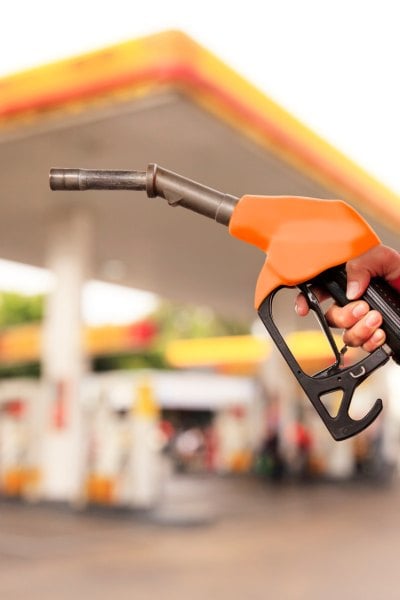
Gasoline contains several toxic chemicals, including benzene, toluene, ethyl benzene, and xylene (BTEX).
These chemicals are known as volatile organic compounds (VOCs) and can be harmful to human health.
Benzene, in particular, is a known carcinogen and exposure to high levels of benzene can cause leukemia and other types of cancer.
Toluene and xylene can cause kidney damage and brain damage, respectively.
According to the World Health Organization, continuous exposure to these chemicals has been found to cause a number of cancers.
In addition, the NIH’s National Library of Medicine states that repeated high exposure to gasoline, whether in liquid or vapor form, can cause lung, brain, and kidney damage.
READ ALSO: Rural Living: Is Living Near a Farm Safe?
Environmental Risks of Living Near a Gas Station
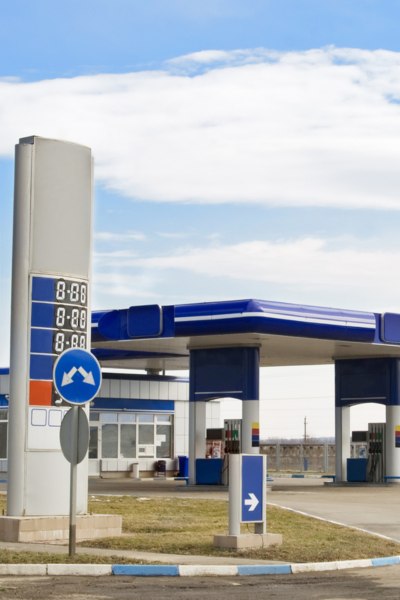
Living near a gas station can also pose environmental risks. Gasoline and its additives can seep into the ground and contaminate the soil and groundwater.
This can lead to pollution and can also affect the quality of drinking water in the area.
In addition, gasoline and its additives can contribute to the formation of ground-level ozone, which is a major component of smog.
Ground-level ozone can cause respiratory problems and can also damage crops and other vegetation.
According to Community & Environmental Defense Services, a number of compounds injurious to human health are released from gas stations during vehicle fueling and from underground storage tank vents.
These compounds include benzene, toluene, ethyl benzene, and xylene (BTEX).
Therefore, it is important to maintain a safe distance from gas stations to avoid exposure to these harmful chemicals.
Measuring Safe Distance from a Gas Station
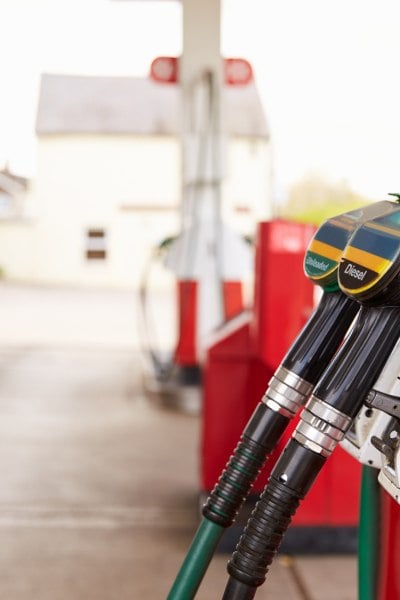
California Air Resources Board Guidelines
When it comes to measuring the safe distance from a gas station, the California Air Resources Board (CARB) has set guidelines that can be followed.
According to CARB, the safe distance is 300 feet from the outer edge of the gas station. This distance is based on the assumption that the gas station is in compliance with all regulations and is operating as intended.
However, it is important to note that this distance may not be enough in some cases.
READ NEXT: The Truth About Living Near Highways: What Distance is Safe?
Modern Health and Safety Guidelines
Modern health and safety guidelines suggest that a safe distance from a gas station should be at least 500 feet.
This distance takes into account the possibility of spills, leaks, and other accidents that can occur at a gas station.
It is also important to consider the type of fuel being sold at the gas station. For example, a gas station that sells diesel fuel may require a greater distance due to the higher levels of particulate matter and nitrogen oxide emissions.
It is also important to measure the distance from the gas station to any nearby residential or commercial buildings.
This is because the emissions from the gas station can travel through the air and affect the health of those living or working nearby.
It is recommended that the distance from the gas station to any buildings should be at least 100 feet.
In addition to measuring the distance, it is also important to gather information about the gas station.
This includes the type of fuel being sold, the age of the gas station, and any spills or accidents that have occurred in the past.
This information can help determine if the safe distance needs to be increased.
Overall, measuring the safe distance from a gas station requires taking into account various factors, including guidelines set by organizations like CARB and modern health and safety guidelines.
It is important to gather information about the gas station and the surrounding area to ensure that a safe distance is appropriate.
RELATED: Coal Plants and Communities: Finding the Safe Distance to Live
Impact of Living Near a Gas Station
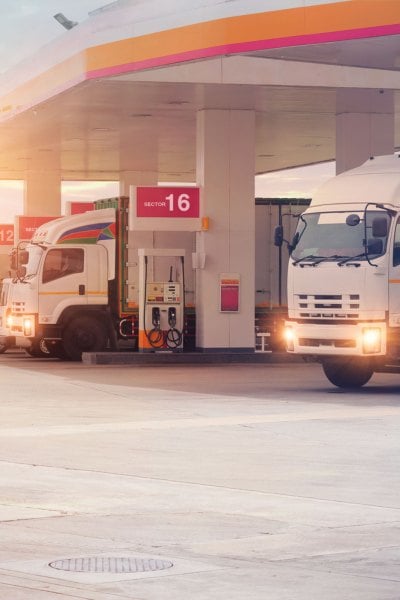
Property Values and Homeowners
Living near a gas station can have a significant impact on property values. As a homeowner, I know how important it is to maintain the value of my property.
According to a study by the National Bureau of Economic Research, homes within a quarter-mile of a gas station sell for 2.3% less than homes located further away. This can translate to thousands of dollars in lost value.
Additionally, some potential buyers may be deterred from purchasing a home near a gas station due to concerns about health and safety.
Noise and Traffic
Another issue that can arise from living near a gas station is increased noise and traffic.
Gas stations are often located on busy roads and highways, which can lead to increased traffic and noise levels.
This can be particularly problematic for those who live in residential areas near gas stations. As a resident, I value my peace and quiet, and I know that increased noise and traffic can be a nuisance.
Convenience Stores and Gas Stations
While gas stations can provide convenient access to fuel and other necessities, they can also be a source of nuisance for those who live nearby.
Convenience stores located at gas stations can attract unwanted activity, such as loitering and littering.
Additionally, the bright lights and signage of gas stations can be a visual nuisance for those living nearby.
Residential Areas and Crime
Living near a gas station can also increase the risk of crime in residential areas. Gas stations are often located on busy roads, which can attract criminal activity.
Additionally, the presence of a gas station can attract unwanted activity, such as drug use and prostitution.
As a homeowner, I want to feel safe in my neighborhood, and I know that living near a gas station can increase the risk of crime.
In summary, living near a gas station can have a significant impact on property values, noise levels, convenience, and safety.
While gas stations can provide convenient access to fuel and other necessities, they can also be a source of nuisance for those who live nearby.
As a homeowner, I know how important it is to maintain the value of my property and feel safe in my neighborhood, and I understand the potential risks associated with living near a gas station.
RELATED: Staying Safe from Pesticide Drift: How Far is Safe Enough?
Regulations Governing Safe Distance from Gas Stations
Setback Regulations
As I researched, I found out that there are setback regulations in place to ensure that gas stations are located at a safe distance from residential areas.
For example, members of the California Air Resources Board (CARB) established setback regulations of 300 feet from large gas stations.
These regulations help mitigate the health hazards associated with living near gas stations, such as exposure to toxic chemicals and increased risk of cancer.
Additionally, the National Fire Protection Association (NFPA) has developed the Code for Motor Fuel Dispensing Facilities and Repair Garages.
This code provides safeguards for dispensing liquid and gaseous motor fuels into the fuel tanks of automotive vehicles and marine craft.
It addresses gaseous motor fuels only where dispensed at the same facility as liquid motor fuels.
Technology and Fuel Tank Safety
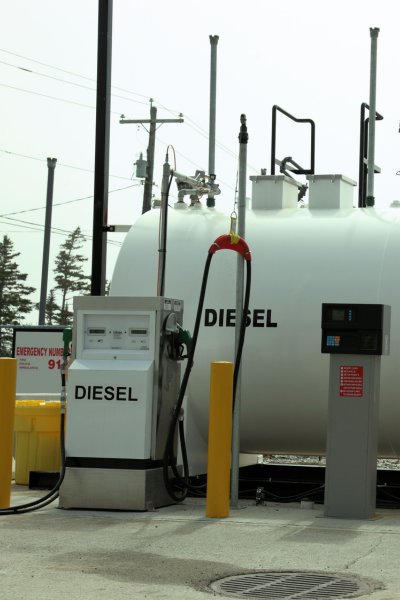
Gas stations have made significant advancements in technology and fuel tank safety to minimize the risk of accidents and protect the environment.
For instance, gas stations now use double-walled tanks, which are more resistant to leaks and spills.
They also use automatic shut-off valves that prevent overfilling and reduce the risk of spills.
Moreover, gas stations are required to conduct regular inspections and maintenance of their fuel tanks to ensure they are in good condition.
This helps prevent leaks and spills that could harm the environment and nearby residents.
Tanker Trucks and Gas Station Advertising
Gas stations receive fuel deliveries from tanker trucks, which transport large quantities of gasoline and other fuels.
To ensure the safety of these trucks, the Occupational Safety and Health Administration (OSHA) has established regulations governing the transportation of hazardous materials.
Gas stations are also required to comply with regulations governing advertising and signage.
For instance, they are prohibited from using certain types of lighting and colors that could distract drivers and cause accidents.
Overall, while living near a gas station may pose health risks, there are regulations in place to ensure that gas stations are located at a safe distance from residential areas.
Gas stations have also made significant advancements in technology and fuel tank safety to minimize the risk of accidents and protect the environment.

Jack is the owner, chief editor, and senior writer of this website.
Machinery, engines, and farming have always been a passion of his since he was a young boy. Growing up on a small farm in rural America, he learned the value of hard work and dedication from an early age.
After completing his degree in Engineering, he decided to follow his dream and became a farmer in 2009.
Since then, he has gained a wealth of knowledge and experience in the field. He has grown a variety of crops, tended to farm animals, and worked with all sorts of farming machinery. Continue reading…






